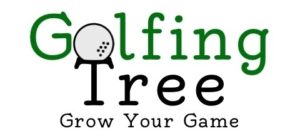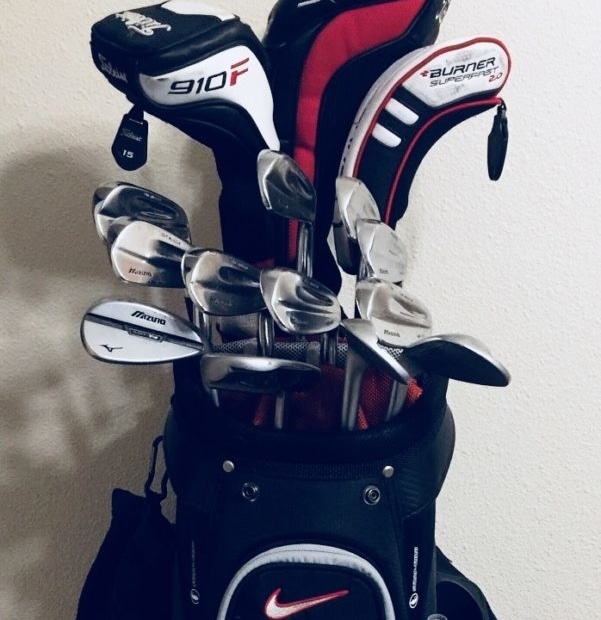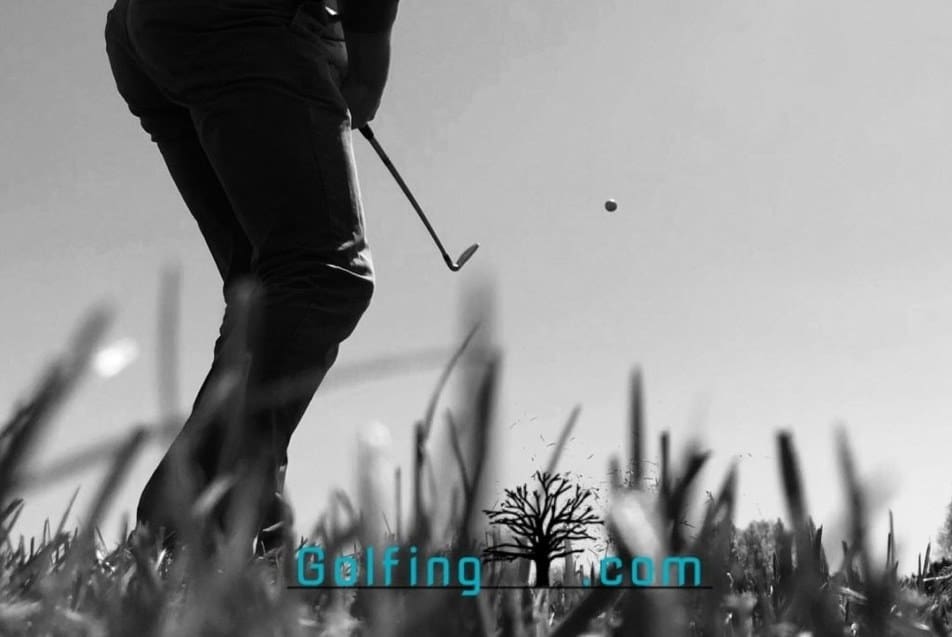
This can get quite expensive if you need to replace all the grips on your golf clubs. If you’re capable of replacing your grips on your own then I would suggest that. Also, if you think you might need to replace them more frequently
So how much does it cost to replace golf grips? Most pro shops will charge $2 – $5 per club + whatever the price of the grips which can range from $5 to $25 depending on what you want. Or you can save the cost of the labor and do it yourself if you have the tools.
Why should you replace golf grips?
I would say the number one reason, your grips are overused and start to break down.
If you play every weekend then your grips are probably losing their grip feel and starting to smooth out.
But, if you haven’t played in a while then maybe your grips have become hard and brittle.
If your grips have lost the “grip” than it’s a good idea to replace them because multiple bad things could happen.
- You could develop blisters on your thumbs from the grip moving around too much during your swing.
- The club could slip out of your hands if you were playing in wet conditions.
- The club can slip out even if your hands are too sweaty.
If your clubs are too old and formed cracks or the rubber is starting to crumble then I highly recommend getting them replaced immediately.
Playing golf with grips like this is the worst thing you could do for your game and hands. You will most likely develop blisters on your hands even if you are wearing gloves.
Yes, both hands, don’t attempt to play golf with old crumbly grips because pain is the price you will pay.
Where can you get your grips replaced?
Most pro shops can replace your grips for a decent price. I think you will probably get a better deal at the course than you would at a big box store.
Dicks Sporting Goods can replace them, I’m sure the price varies from store to store but not by much.
Maybe if you have a local driving range, sometimes they have a small area for re-gripping clubs.
Math time
So let’s do some quick math and maybe this will help you make a decision. Should you get your grips replaced by a pro or do the job yourself.
If the pro shop charges $4 (middle of the road price) per club and you need all your clubs grips replaced, that’s $56.
Now you have to purchase the grips, you don’t want the best grips but you don’t want the worst grips either.
Let’s pick somewhere around the middle and say they cost $16 per grip, that comes out to $224.
Add $224 to $56 and you get $280 to re-grip all your golf clubs.
This isn’t cheap by any means and yes, most of the cost is in the grips so if you replaced the grips by yourself then you would only save $56.
It really depends on what type of person you are, do you care about spending $56 for someone to replace your grips for you?
Or would you rather save that money and spend it on a couple of rounds of golf?
How often do you have to replace golf grips?
That depends on how often you play, how you store your clubs and the climate you live in.
I would say if you play two to three times per week you will probably need to replace your grips every year to year and a half.
Living in a climate where it’s hot most of the year, the life of your grips can be shortened.
Heat in combination with sweat can lead to a shorter life of your grips.
Should you replace your grips at home?
I would say yes, but there are a few things to consider before taking on the tasks.
Are you a hands-on person? If you enjoy doing little things around the house and don’t get too frustrated then this project probably will be a breeze for you.
Do you have some basic tools?
- An air compressor with a minimum of 6 gallons and 150 psi with a blow gun tip.
- A vise to hold the golf club in place while you install the grip.
- A utility knife to remove the old golf grip.
Supplies
- Golf grip tape
- Activator
- Small paintbrush to apply the activator
Why would you want to replace golf grips at home?
If you’re a DIY kind of person and don’t mind the frustrations of certain tasks then this could be your kind of project.
I replace all of my grips for a couple of reasons, I wanted to learn how it was done and it would save me money over the long run.
Depending on how much you play and how you store your clubs when you’re not using them, you could save a good amount of money over the long haul.
I would say for every roll of golf tape and activator you purchase you probably get about 4 – 5 sets of grip replacement.
Let’s say you play every weekend, well that’s going to cause some wear on the grips. Before you know it the crack start to show and hands start to hurt.
Replacing your own grips isn’t difficult, YouTube the question “how to replace golf grips” and I’m sure there are hundreds of videos.
It can be time-consuming but it’s definitely worth it in my opinion. Especially if you will be replacing your grips more frequently from playing so much.
You can find kits on amazon that makes it really easy to replace your own grips. amazon
I would also recommend you get the golf grip utility knife, I’ve tried cutting grips off with a regular construction utility knife and it’s doable but can be dangerous. amazon
Golf Grips
My favorite grips are the Golf Pride MultiCompound MCC grips, these have a great feel to them.
The appearance of them don’t look comfortable but when you hold them you feel like the club is glued to your hand.
Another grip I have used is Golf Pride tour velvet, this is a pretty inexpensive grip but offers a great feel and long life.
I believe this grip is half the price of the MultiCompound grip.
Golf Pride isn’t the only manufacturer of golf grips, the list below shows a few of the top brands on the market.
- Winn
- Lamkin
- Karma
- Super Stroke (Putter Grip)
All of these brands are pretty solid and you can’t go wrong with whichever one you choose.
Just make sure that you have held the club in your hands with that grip you want.
You wouldn’t want to purchase your grips to find out after you installed them that you don’t like them.
I purchased over-sized grips before because I thought it would help in some way. My hands are above average size so that’s why I got them.
Big mistake, they turned out to feel too bulky and I never got comfortable with my swing.
These aren’t the inexpensive ones and I believe I got them on sale so I wasn’t too pumped. I also replaced them myself so I saved a little more because of that.
My suggestion
Go to a pro shop or a big box store to feel the grips and see what you like. If they have a hitting area, see if there’s a club with that type of grip.
Swing it a couple of times or hits some balls with the club, don’t pay attention to how the club hits.
If you find the grip, take a picture of the price or write it down in your phone. You can search for a better deal on amazon, eBay or even craigslist.
While you are at the store, might as well see how much the golf re-gripping kit cost and see if you can find it online for less money.
Consider learning how to replace your own golf grips because in the long haul it will save you some extra cash.
But if you don’t care about the little extra saving then you probably haven’t read this far into the post.
I hope you got what you were looking for in this post.













